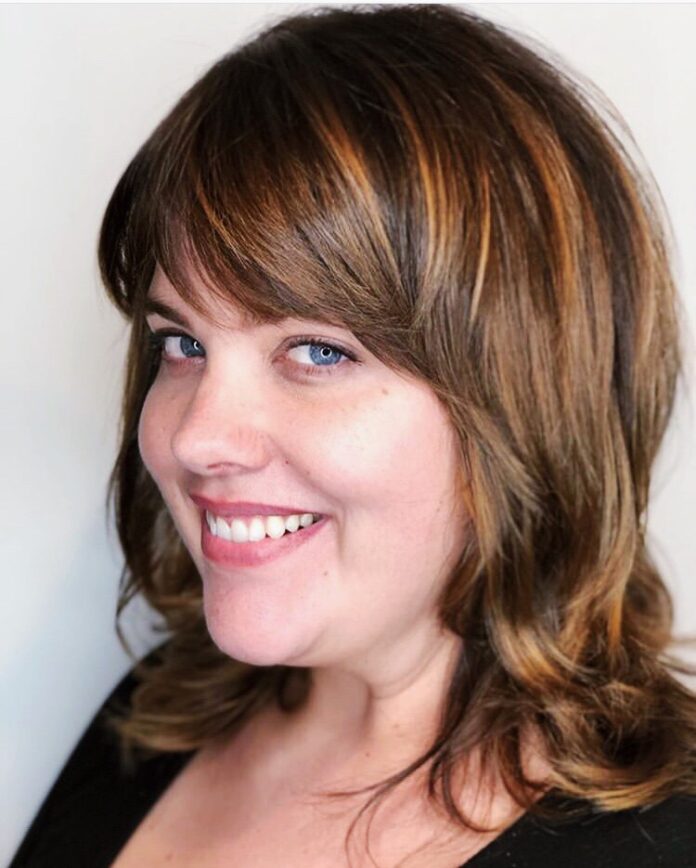
Kelsey Mullen was recently named the director of education for the Providence Preservation Society, a nonprofit that advocates for historic preservation within the city. Mullen is the first person to fill this role for the organization since 2011. She recently spoke with PBN about her new role and her plans for the preservation society moving forward.
PBN: For most of your career, you have combined education with history. What is it about the two that you enjoy in your professional life?
MULLEN: Realizing that everything – every place, object, idea, and person – has a history, and usually a complicated one, was one of the most exciting discoveries of my academic career. My professional career has been spent teasing those histories out with and for the broader public. Together, we usually find that everything old is new again, and that history exists in shades of grey. Rarely are there heroes and villains, winners and losers, strictly good and bad outcomes. Personally, I enjoy that journey of discovery and the process of disrupting every rigid narrative that we absorb in our formal history education.
PBN: You are tasked to revitalize the Children’s Heritage Education Program at Providence Preservation Society. How will you bring that program back into the fold with a 21st century mindset?
MULLEN: Realistically, K-12 education has changed considerably since the Children’s Heritage Education Program was at its peak. Classroom hours are more valuable than ever, and field trips are hard to justify. Here in Providence, we know the public-school system is in need of systemic improvement.
This just means that PPS will need to rethink its strategy for school programming. The resources we develop will need to be accessible and adaptable to classroom, library, and after-school contexts. They will also need to work in service of the twenty-first century skills needed today – communication, critical thinking, creativity, collaboration, civic engagement, and so on – and support curricular frameworks already in place.
Fortunately, place-based education is really well suited to this task. A sense of place is something we begin building from our earliest experiences continues through adulthood. Learning about our community is inherently interdisciplinary, and real magic happens when we are empowered to see our world as a classroom.
PBN: Can you briefly describe the Keeping History Above Water programs you oversaw in your time with Newport Restoration Foundation?
MULLEN: The Newport Restoration Foundation conceived of Keeping History Above Water out of an organizational interest in exploring the intersection of historic preservation and climate change. Newport embraces its reputation as the City by the Sea in the Ocean State, but it has a tremendous amount to lose in the face of rising tides. What began as an exploratory conference with a focus on sea level rise and the built environment has become a much wider initiative that looks at climate impact on cultural heritage. Keeping History Above Water has grown to include partnerships with civic leaders, community members, engineers and architects, public historians, and colleges and universities, and the conversation is now a global one.
In my time with the Newport Restoration Foundation, we raised some really vexing and important questions that Newport, as well as other historic coastal communities, must grapple with in the coming years. How will cities adapt to a changing climate and changing landscape? What heritage are we prepared to lose? How will we document change and loss? What regulations and guidelines will have to be (re)written? Who makes these decisions and on what timescale? There aren’t clear answers, but we’re much likelier to arrive at solutions when more people are involved in brainstorming.
PBN: With the city’s architecture evolving, how important is it to educate residents about the city’s architectural history?
MULLEN: To paraphrase Winston Churchill, we shape our buildings and thereafter they shape us. People and places are inextricably linked. To know our city’s architectural history is not just a bland lesson in which impressive buildings still dot the landscape. Buildings tell stories about power and values and community and conflict. In most cases, those narratives began decades, even centuries ago, and are still playing out in our modern world. Like every city, Providence has been molded by these forces and understanding our pre-history is critical as the city continues to grow and change.
How have we shaped Providence and how has it, in turn, shaped us? I have every expectation that I’ll be learning from the many responses to that question in the years ahead. And I hope my work at PPS can help to exhume the stories buildings are able to tell, to invite more inclusive participation in the telling and retelling of those histories, and to highlight their relevance in our world today.
PBN: What additional initiatives do you have in the works as education director?
MULLEN: As you may have gathered, most of my work is organized around a question (or ten). In this case, some of my motivating questions stem from the purpose of preservation more broadly: Who is it for? Why are we doing this work and who cares? Ultimately, I think, people are at the heart of preservation – without them, none of this really matters. My job is to keep people at the core of what PPS does.
As PPS charts the future of preservation education in Providence, I’m curious about what places matter to long-term and newly arrived city residents. I’d like to find stories that haven’t been told yet and new ways of telling old stories. I imagine a future where the history and heritage of this city inspires another generation of advocates, artisans, activists, and askers. And while we’re at it, I’d love to see the preservation movement – both the buildings we save and the people who care about them – become more equitable and inclusive. Preservation education can be a wonderfully broad thing if we let it be.
James Bessette is a PBN staff writer. Email him at Research@PBN.com.












